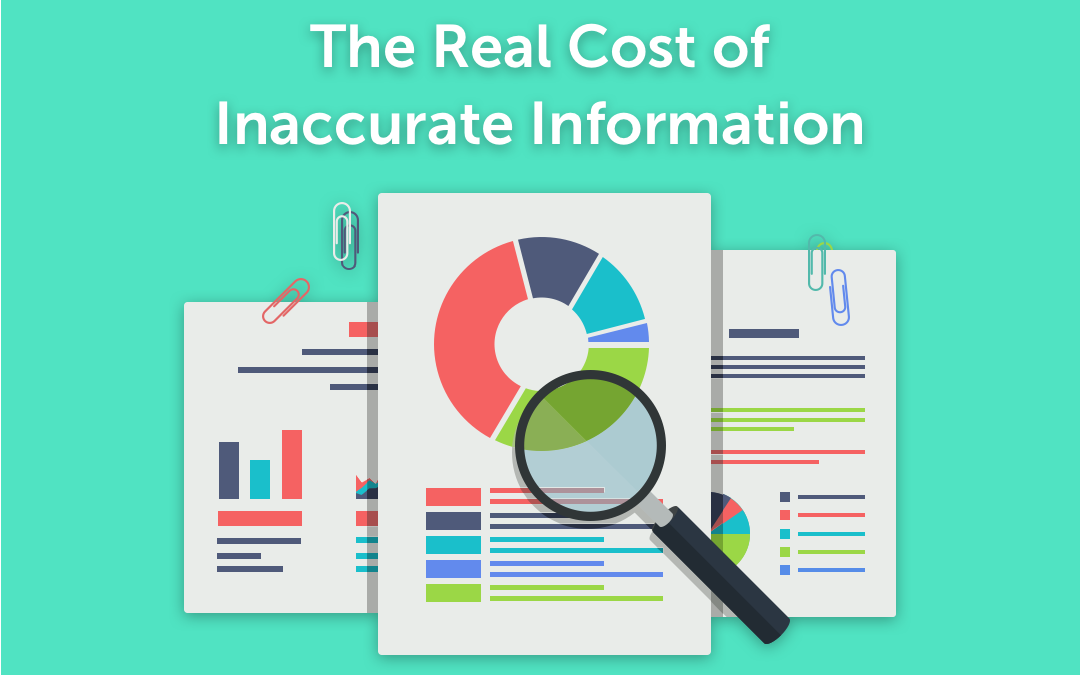There has never been more data in the world than there is right now. And while just trying keep up with it is alone to make your head spin–let alone actually figuring out how to use it—we need to start actually, like, organizing this data.
Why, you ask? IBM’s estimate suggests that poor quality data costs $3.1 trillion a year to the US economy alone.
Seriously.
And as for your org specifically, the ‘Experian Data Quality Research Study’ estimates that, on average, 32 percent of your data is inaccurate, that you’re wasting about 27 percent of your revenue due to unreliable and incomplete customer or prospect data.
Not good.
Given the fact that we’re essentially living in a nightmare of data decay, the need for information accuracy should be obvious—after all, even the most trivial of slip-ups (when it comes to entering or engaging with prospect data) is just waiting to lose you money. And of course, the damage done actually goes beyond the almighty dollar—it puts your company’s reputation, your brand image, and your relationship with key customers at risk.
But where is all this data? And where do you start?
That’s a more difficult question. The truth is that data is everywhere—in your CRMs, in your marketing automation software, in the hands of your BDR. But rather than trying to organize what amounts to a dump truck filled with business cards, it’s best to start incrementally—on your phone.
After all, most of us already rely on our address books for business networking, getting data into our CRMs, and maintaining relationships with our prospects, leads, and existing clients. If we start here, we effectively transform our information-flow at the source and begin the long (but absolutely worth it) process of rebuilding our data holdings.
And, at this point, there are two ways to do this:
- We search LinkedIn and Google to update our contacts one-by-one and then manually transcribe them into our larger systems
- We save ourselves about 1000000000 hours and use an intelligent address book tool like CircleBack.
CircleBack actually uses artificial intelligence and passively-sourced crowd data to update your contacts automatically, discovering and informing you when a contact changes jobs or roles, and provides you with their current company, title, work phone, and work email.
Beyond that, CircleBack also offers an email capture tool that effectively searches your inbox(es) for contacts that aren’t in your phone but should be. A few taps, and those people you email constantly are part of your address book. And the same goes for business card scanning. CircleBack’s best-in-class OCR business card scanner turns quick pics of business cards into fully useable contacts.
Then, once you have all this lovely, accurate data in one place, you just use CircleBack’s “export to CRM” feature and BOOM—you’ve done your daily duty for refreshing your org’s data, and you’re on your way toward a less costly, more productive reality.
And I know, I know, it should be even easier. And in the coming weeks and months, it will (hint hint.) But for now, the best way to better data is by targeting the source, and ensuring that you and your reps are bringing the best, most accurate data to the table, and that you have the info you need to move the needle right now.

